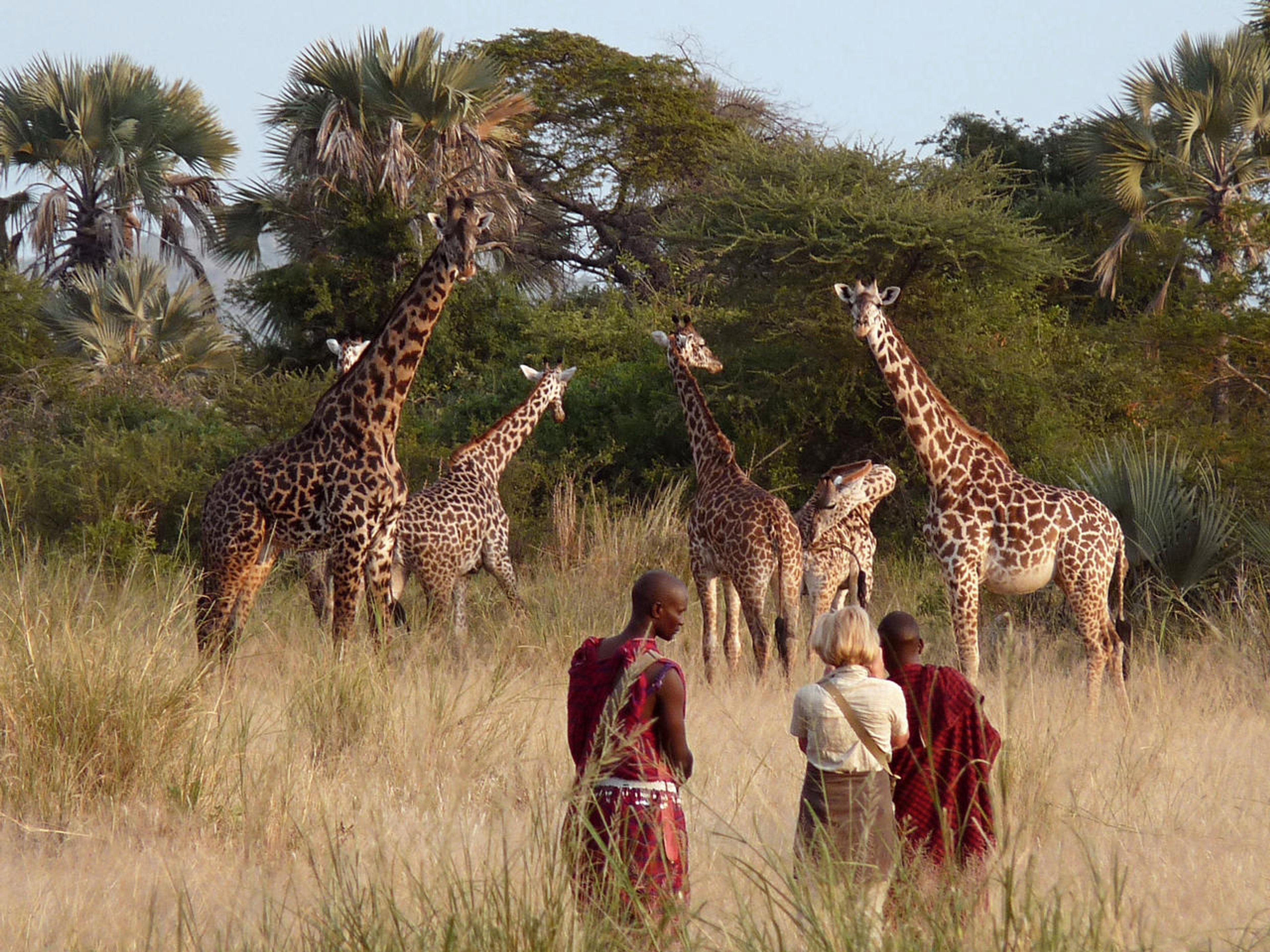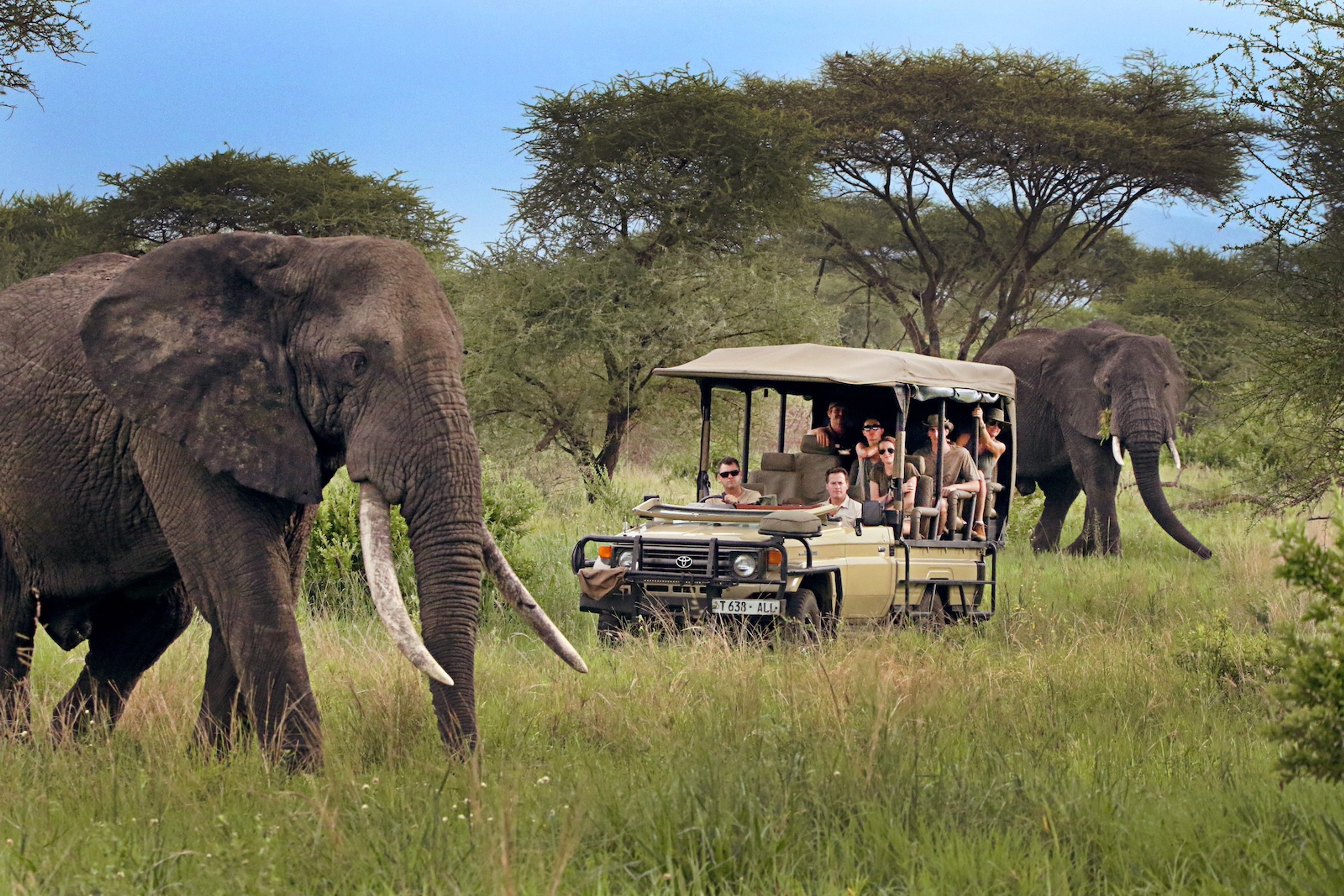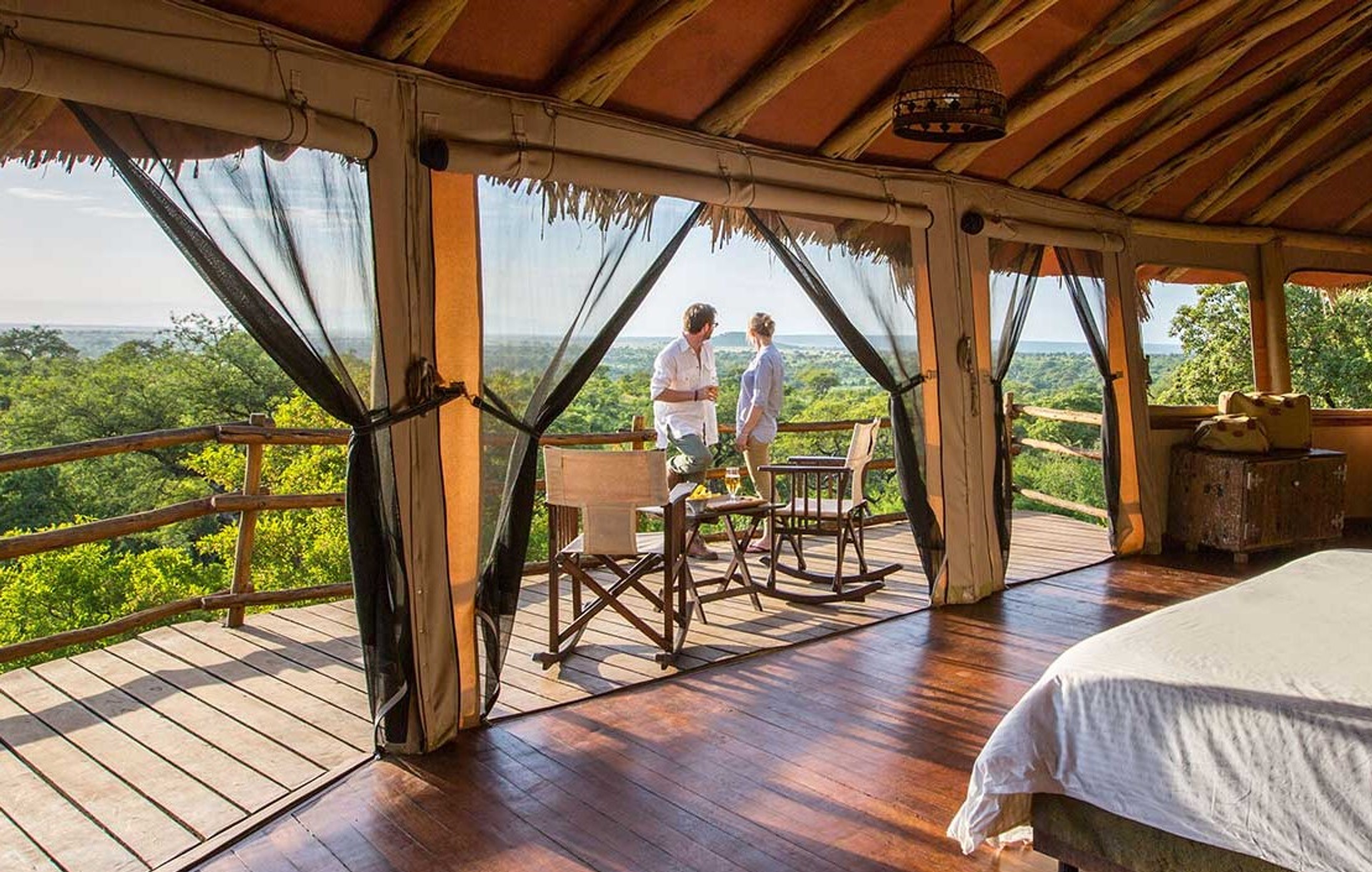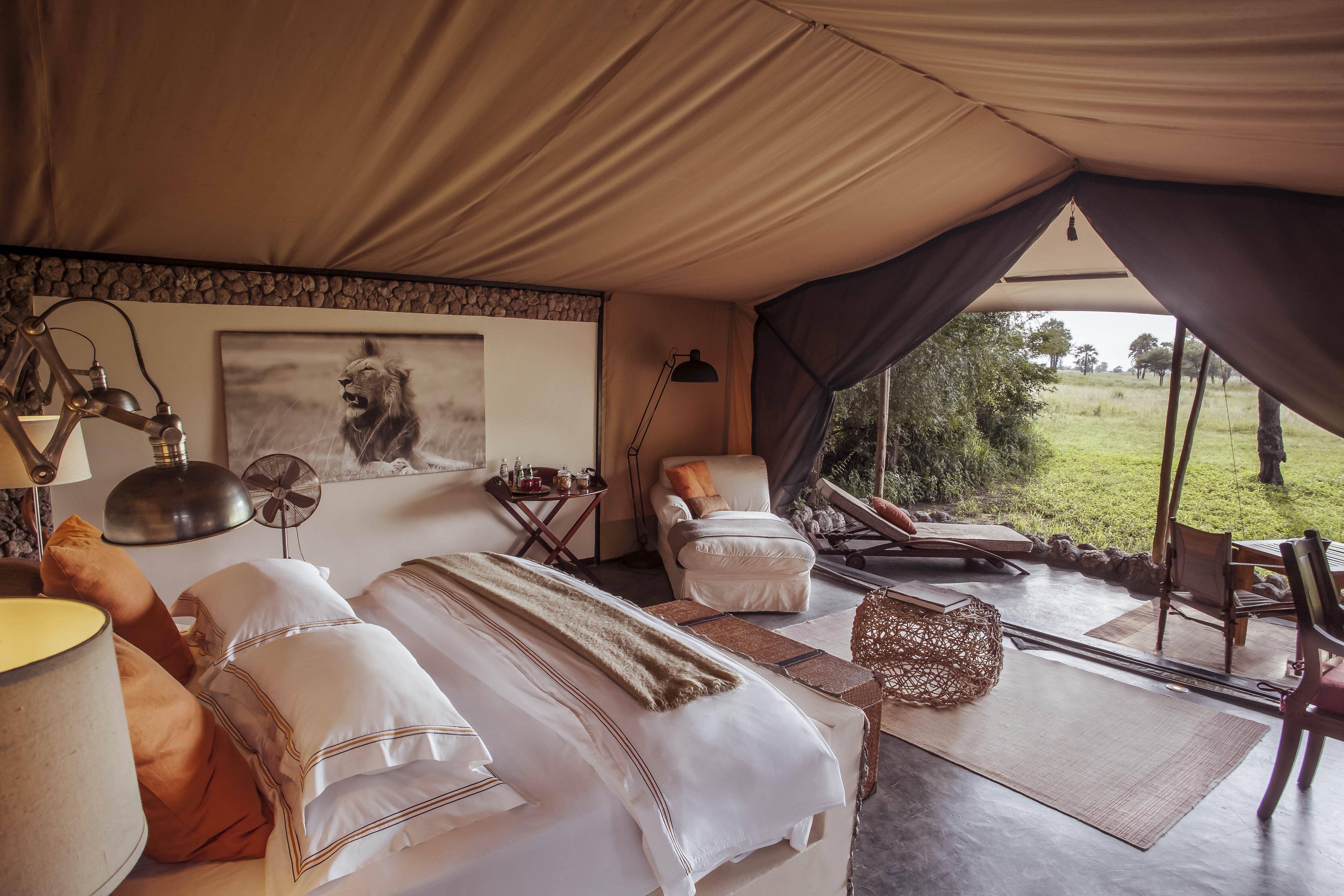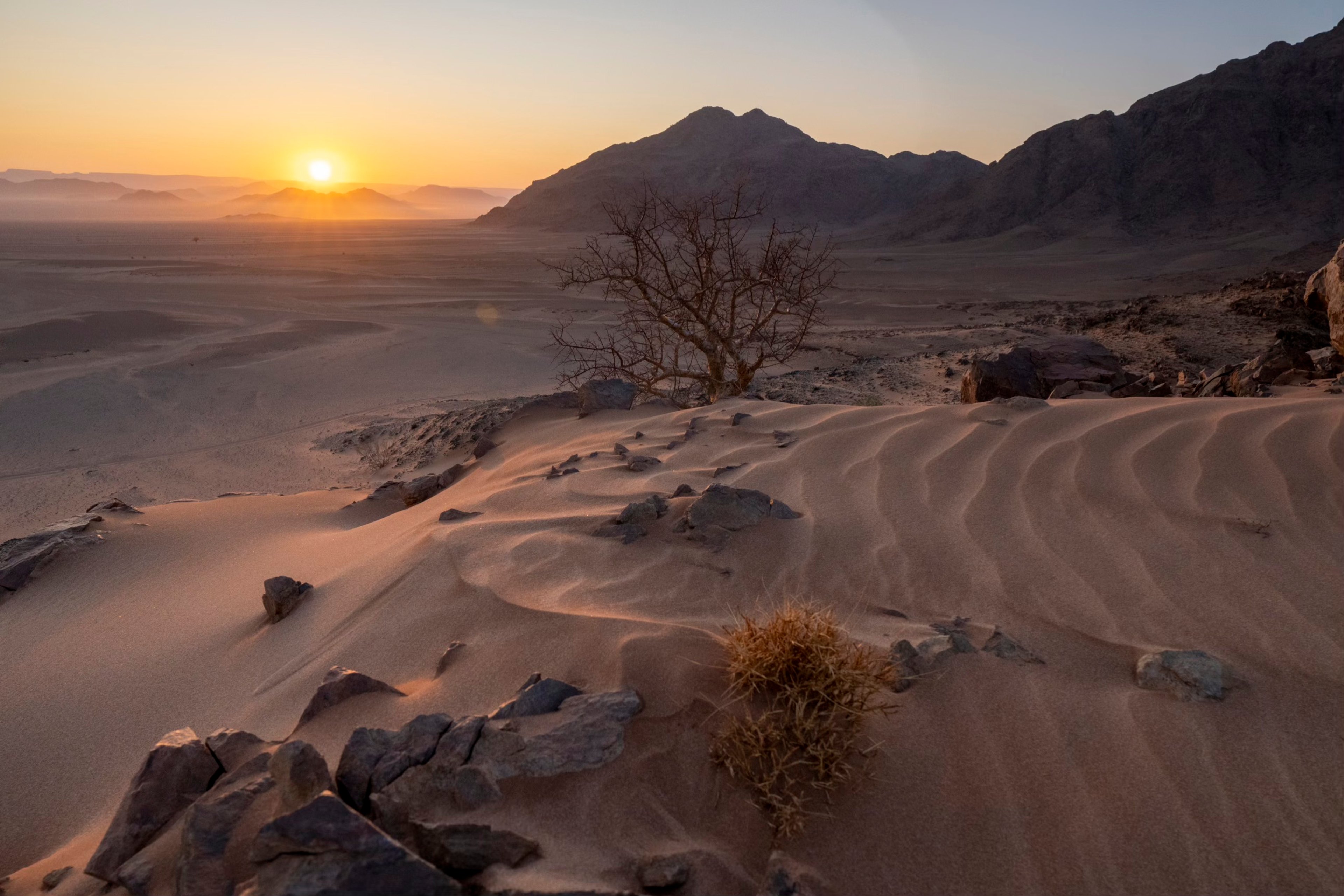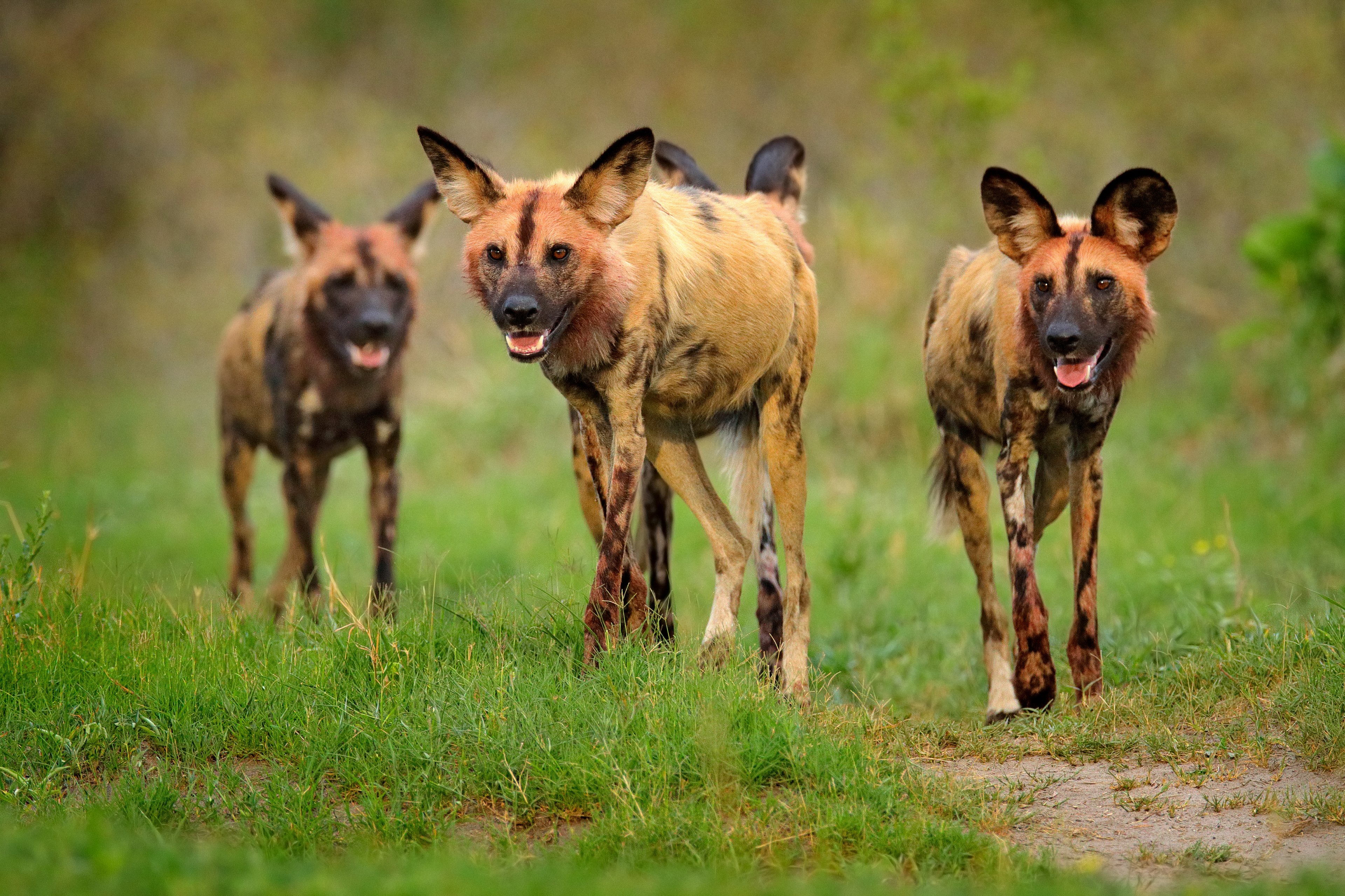In the heart of Tanzania's Northern reaches, Tarangire National Park offers a spectacular, yet often overlooked, safari experience. While the neighboring Serengeti National Park and Ngorongoro Crater attract scores of curious travelers every year—and rightly so—tranquil Tarangire delivers an unmatched intimacy with nature as it should be.
Known for sprawling baobab trees and large elephant populations, Tarangire comprises diverse habitats and impressively varied wildlife, centered around the life-giving Tarangire River. In this iconic landscape, untamed wilderness meets unbridled luxury, as world-class lodges and exclusive campsites offer front-row seats to nature’s daily rhythms.
Tarangire National Park holds secrets and surprises worth uncovering for first-timers and repeat visitors alike. Join us as we explore this legendary landscape, a pillar of Tanzania’s rich safari legacy.


